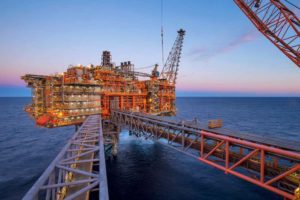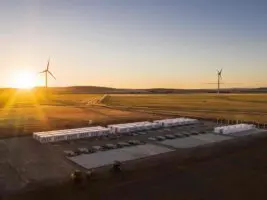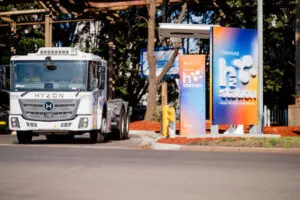A massive discrepancy between the methane emissions reported by gas and coal companies in Australia and the reality means that the country’s big emitters will need to double their rates of emission cuts by 2030, says a new report from the research group IEEFA.
Australian coal miners are underestimating their methane emissions by 81 per cent and gas companies by 92 per cent, says the report Gross under-reporting of fugitive methane missions has big implications for industry.
“According to the IEA estimates, Australia is currently omitting 28 million tonnes of CO2 equivalent (MtCO2e) of fugitive methane emissions from its inventory, which is about 6 per cent of its total emissions,” says IEEFA Australia CEO Amandine Denis-Ryan.
“It is critical to correct these underestimates as soon as possible, in particular in the context of the declining cap set on Australia’s largest industrial emitters as part of the Safeguard Mechanism.
“The under-reporting will have a very material impact on the Safeguard Mechanism baseline declines. Based on our calculations, the baseline decline rate would need to be doubled from 4.9 per cent to 9.8 per cent a year for covered facilities.”
Although it has a shorter life in the atmosphere, methane is a far more damaging greenhouse gas than carbon dioxide. This is because it absorbs much more energy than CO2 while it exists in the atmosphere – warming 82 times more than CO2 over a 20-year period.
To date, in Australia, most companies have reported estimates of methane emissions. But satellite data is proving those guesses to be fantastical fictions.

Methane super-emitters detected with Sentinel-5P since January 2019 and attributed to human activity.
Disturbing IEA data from February shows methane emissions from energy production in Australia are 63 per cent higher than federal government estimates.
Already one report, from lobby group Lock The Gate, says methane emissions will make up 70 per cent of the CO2-e budget under the Safeguard Mechanism.
The alternative to forcing Safeguard gas and coal facilities to rapidly reduce their emissions is to ramp up pressure on other industries in Australia, the IEEFA report says, in order to meet the federal 43 per cent emissions reduction by 2030 target.
Under the Safeguard Mechanism, Australia’s 215 biggest emitters must cap carbon dioxide equivalent pollution by a reducing rate every year, with a hard cap on their total net emissions so the maximum level never exceeds today’s 140 million tonnes of CO2-e.
“With such strong implications, it is critical that methane emissions under-reporting is corrected as soon as possible to provide clarity on how its impact will be managed,” the report said.
“Australia joined the Global Methane Pledge, which aims to reduce global methane emissions by at least 30 per cent below 2020 levels by 2030, but did not specify a domestic methane reduction target or a plan for how it will address them.
“Our analysis highlights the importance of developing such a plan to ensure Australia’s industry and households do not bear the brunt of the cost to compensate for the gross under-reporting of emissions by the coal, oil and gas industries.”
One suggestion is to follow the US example of giving new powers to environmental agencies to monitor and reduce emissions from the oil and gas sector.
The new Methane Emissions Reduction Program in the US offers a carrot of financial and technical assistance to improve, and a stick of waste emissions charges starting at US$900 a metric tonne from 2024 for methane from facilities that report more than 25,000 tCO2e per year, increasing to $1,200 in 2025, and $1,500 from 2026.










